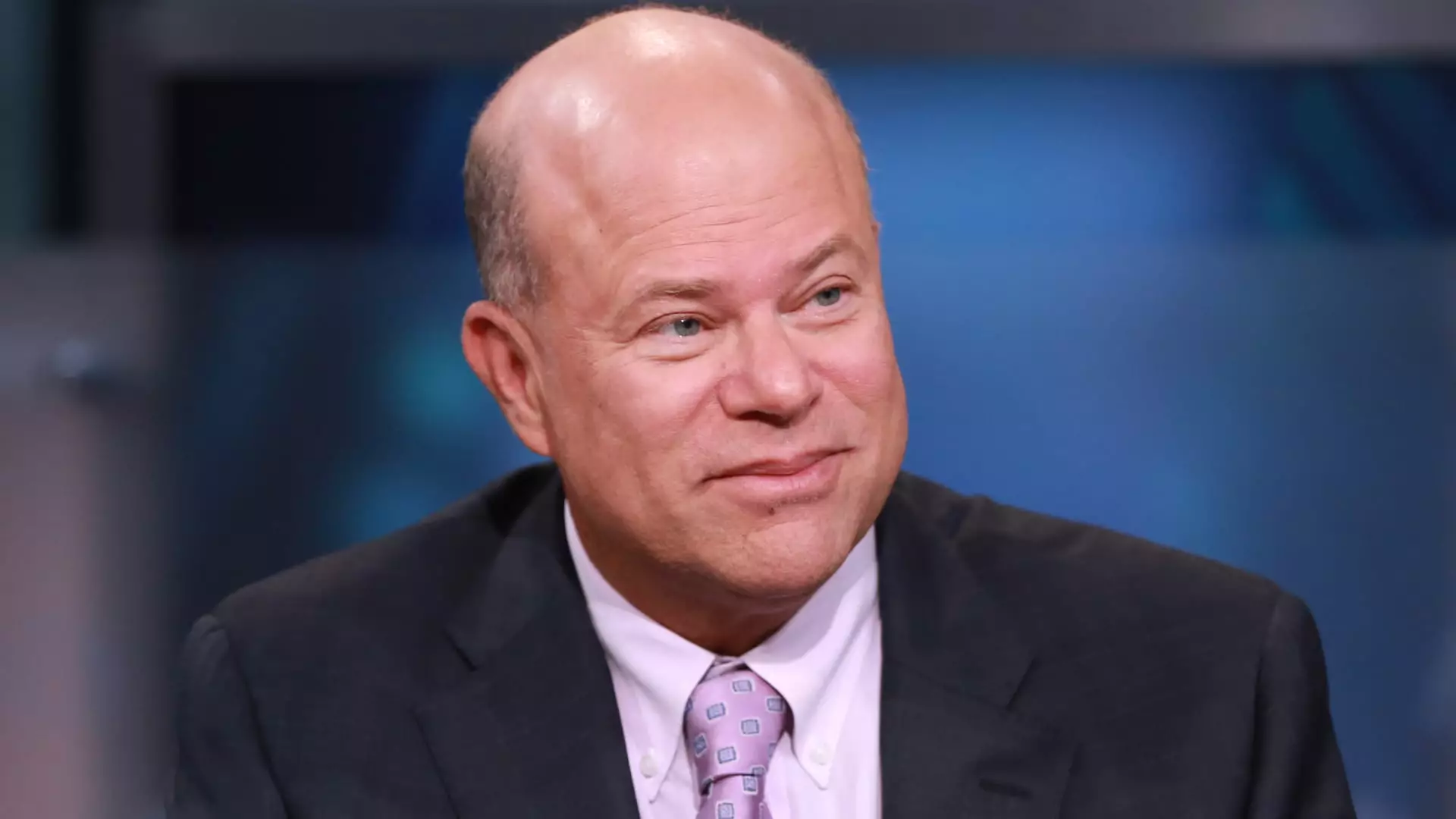David Tepper, a prominent hedge fund manager and owner of the NFL’s Carolina Panthers, recently shared his insights regarding the Federal Reserve’s monetary policy during an interview on CNBC. His comments highlighted a critical intersection between investor sentiment, economic indicators, and the Federal Reserve’s credibility as it carries out its monetary easing strategy. Tepper emphasized that investors should trust the Fed when it indicates forthcoming interest rate reductions, arguing that the central bank must maintain its credibility to ensure market stability.
When Tepper asserted, “You just read what these guys are saying,” he referenced the importance of the Fed’s communication strategy. It signals the intent to recalibrate rates and suggests that the Fed is likely to follow through with its plans. This communication is essential not only for the Fed’s reputation but also in shaping investor behavior. The Fed’s credibility becomes particularly crucial when it takes steps that might seem counterintuitive, such as cutting rates in an otherwise stable economy.
Last week, the Federal Reserve made a significant move by slashing benchmark interest rates by half a percentage point, leading to speculation about further reductions in the near future. Tepper pointed out that through their “dot plot,” the Fed hinted at a potential cumulative reduction of an additional 50 basis points by the end of the year. This marks a significant commitment from the Fed to ease its monetary policy, particularly in an economic landscape that appears relatively robust.
However, such aggressive policy shifts often come with layered complexities. Tepper acknowledged that while economic growth data has been promising—illustrated by consistent GDP growth and consumer spending—the Fed’s motivations might be more reactive, particularly in light of recent labor market trends. With inflation still above the Fed’s target of 2%, Tepper’s caution illustrates a tension in current economic policy.
Tepper’s analysis naturally hearkens back to the economic climate of the late 1990s when the Fed maintained a similar stance of cutting rates amidst a strong economy. He invoked memories of that era to illustrate his apprehensions, comparing current market dynamics to those that led to financial turbulence around the 2000 dot-com bubble. His mention of a “good economy” combined with aggressive rate cuts during that time adds depth to his argument that today’s conditions present a discursive narrative for investors to consider.
He articulated that during the late ‘90s, excessive optimism led to inflated valuations. In a similar vein, Tepper expressed concern over the current state of U.S. stock markets despite their resilience. His caution stems from a value investing philosophy, which contrasts sharply with trends of rampant speculation. Tepper’s awareness of the historical parallels serves as a sober reminder of the cyclical nature of financial markets.
While Tepper is skeptical about the long-term value proposition of U.S. equities given the easing monetary policy, he refrains from taking a bearish position on them. Instead, he conveys a nuanced perspective that allows for both caution and optimism, reflecting the dual nature of market sentiment. His comments on remaining long in U.S. equities underscore a critical viewpoint: that while value may be waning, the current financial environment—the influx of easy money—creates opportunities that shouldn’t be overlooked.
Tepper’s strategic pivot towards Asian and European equities underscores an essential aspect of modern investing: geographical diversification in response to localized economic policies. His decision to invest heavily in China, especially in light of recent governmental support measures, reflects a broader trend among global investors seeking better value and growth outside of traditional markets.
The landscape of financial markets is intricate and continuously evolving, influenced by governmental policies, economic indicators, and global market dynamics. Tepper’s insights reflect a keen understanding of these factors, highlighting the necessity for investors to navigate them with both caution and a readiness to seize opportunities. As the Fed continues its efforts to facilitate growth, maintaining credibility amidst diverse pressures will be paramount. In this ever-changing environment, the ability to read between the lines of economic commentary and act strategically will define successful investing trajectories in the coming months.

